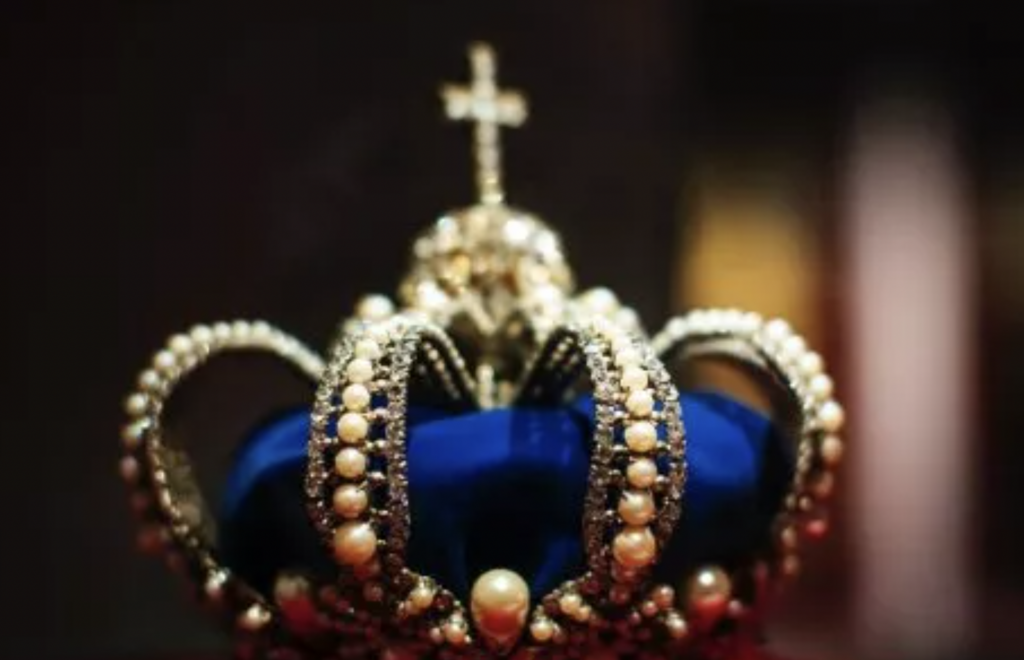Please see below the notices for our community. An email has also been sent home regarding them.
𝐓𝐞𝐚𝐜𝐡𝐞𝐫 𝐎𝐧𝐥𝐲 𝐃𝐚𝐲 – 𝐅𝐫𝐢𝐝𝐚𝐲 𝟑𝟏𝐬𝐭 𝐌𝐚𝐲
The Ministry of Education has allowed schools to close for Professional Development which will focus on the curriculum refresh. Students are to stay home this Friday.
𝐊𝐢𝐧𝐠’𝐬 𝐁𝐢𝐫𝐭𝐡𝐝𝐚𝐲 – 𝐌𝐨𝐧𝐝𝐚𝐲 𝟑𝐫𝐝 𝐉𝐮𝐧𝐞
School will be closed for this public holiday.
𝐄𝐧𝐝 𝐨𝐟 𝐒𝐜𝐡𝐨𝐨𝐥 𝐃𝐚𝐲 – 𝐭𝐢𝐦𝐞 𝐜𝐡𝐚𝐧𝐠𝐞
From the start of Week 6, Tuesday 4th June, we will be trialling an earlier close during the winter months. Students will be leaving the site at 2.50pm instead of 3.00 pm.
𝐀𝐭𝐭𝐞𝐧𝐝𝐚𝐧𝐜𝐞 𝐚𝐧𝐝 𝐏𝐮𝐧𝐜𝐭𝐮𝐚𝐥𝐢𝐭𝐲
As you will have seen, there has been lots of media coverage of the government’s attendance targets, which are that by 2030 New Zealand schools will have 80% of our students attending school “regularly”. Regular attendance has been determined as over 90% of the possible days when school is open. This translates to 5 days over a normal term.
MHJC has a very good record, with our average daily attendance being over 90%. We have robust systems and processes which help us to monitor and follow up on students who fall below our expectations.
Children going on holiday overseas is the single biggest preventable cause of “unjustified” absence. If you are considering a holiday during term time, please reconsider your plans as this has a negative impact on learning and the operations of the school.
Please support students to be at school for 8.15am, as this is when the day starts.
𝐒𝐜𝐡𝐨𝐨𝐥 𝐔𝐧𝐢𝐟𝐨𝐫𝐦
With the cold and wet weather, students are reminded to wear the warm school jacket. Many jackets are left lying around so it would be helpful for them to be marked or numbered so that the jacket can be returned to the correct owner.










